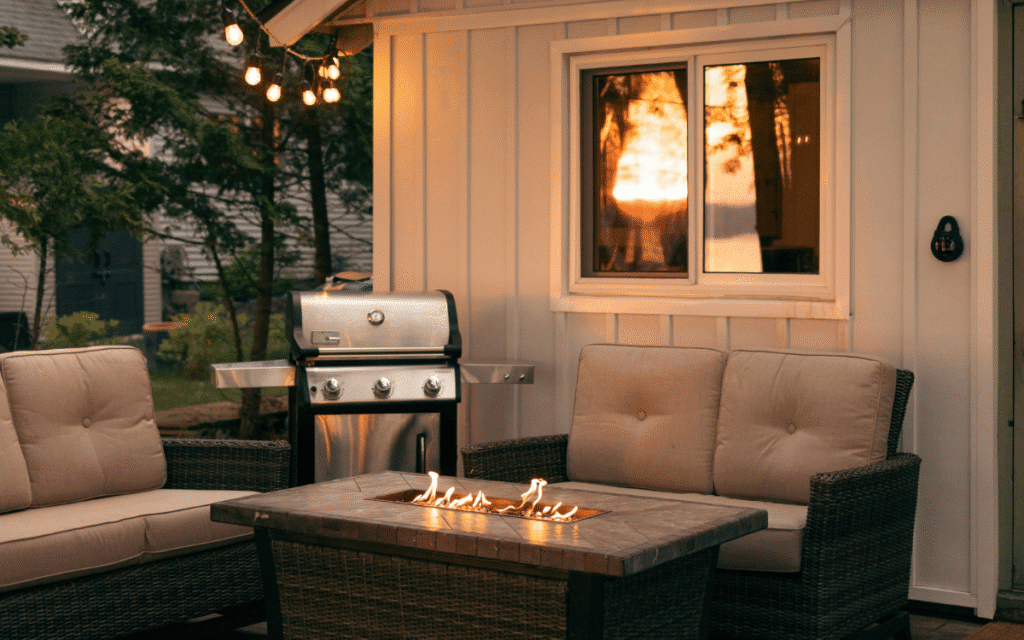In recent years, a surprising trend has emerged among couples: the “sleep divorce.” This concept, which involves partners choosing to sleep in separate bedrooms, is gaining traction as more people seek to improve their quality of sleep and overall well-being. But what’s driving this shift, and why are more couples embracing separate sleeping arrangements?
While a 2022 study highlighted the benefits of sharing a bed, such as improved sleep and mental health, it often comes down to the partner’s sleep habits. Disruptions like snoring, restlessness, bathroom breaks, and differing sleep schedules can accumulate, leading to up to an hour of lost sleep. This can have a significant impact on overall rest and well-being.
What Is Sleep Divorce?
Sleep divorce refers to couples deciding to sleep apart, either permanently or intermittently. Unlike traditional divorce, which involves the legal end of a relationship, sleep divorce focuses solely on the physical aspect of shared living—sleeping. This trend has sparked conversations about the benefits of separate sleeping spaces and how they can contribute to healthier relationships.
The Sleep Divorce Trend
- Improved Sleep Quality: Couples are choosing separate bedrooms to improve sleep quality, accommodating different sleep schedules, snoring, and temperature preferences for better rest and health.
- Reduced Stress and Conflict: Sleeping apart can reduce conflicts and stress caused by differing sleep habits, leading to a more harmonious relationship and better communication.
- Personal Space and Independence: Separate bedrooms offer personal space, fostering independence and self-care, which is crucial in maintaining individuality and satisfaction in long-term relationships.
- Health and Well-being: Health issues like sleep apnea or chronic pain make shared beds uncomfortable. Separate bedrooms allow better health management without disrupting a partner’s sleep.
Addressing Common Misconceptions
While sleep divorce is becoming more common, it’s essential to address some misconceptions:
- It Doesn’t Indicate Relationship Problems: Choosing to sleep in separate bedrooms is not necessarily a sign of relationship trouble. Instead, it can be a proactive approach to improving individual well-being and maintaining a healthy relationship. Many couples who opt for separate sleeping arrangements report feeling more satisfied and connected.
- It’s a Personal Choice: There is no one-size-fits-all approach to relationships. What works for one couple might not work for another. Sleep divorce is a personal choice that couples make based on their unique needs and preferences.
Embracing the Trend
If you’re considering a sleep divorce, here are a few tips to make the transition smoother:
- Communicate Openly: Discuss your reasons for wanting separate bedrooms and listen to your partner’s perspective. Open communication is crucial for understanding each other’s needs and ensuring that the decision is mutually beneficial.
- Create a Comfortable Space: Design each bedroom to meet individual preferences. Invest in quality bedding, adjustable lighting, and other features that enhance sleep comfort.
- Respect Boundaries: Ensure that both partners respect the new sleeping arrangements and understand that this decision is about enhancing well-being, not creating distance.
The rise of sleep divorce highlights a growing emphasis on individual sleep needs and health in relationships. By choosing separate bedrooms, couples can improve sleep, reduce stress, and balance personal space with intimacy. Perhaps it’s time to normalize this approach.



